Floods can turn life upside down, especially when they come out of nowhere. You might know that the U.S. has had its fair share of devastating floods, but do you know which ones were truly the worst? Whether it’s a surge from a hurricane or relentless rainfall turning calm rivers into raging torrents, the aftermath is often catastrophic. In this list, we’ll walk through some of the deadliest floods in U.S. history. Each event is a stark reminder of nature’s power and the importance of preparedness.
1. Johnstown Flood, 1889

The Johnstown Flood of 1889 is one of the most infamous floods in American history. It occurred when the South Fork Dam, holding back Lake Conemaugh, failed catastrophically. The dam, located upstream of Johnstown, Pennsylvania, gave way after days of heavy rain, releasing 20 million tons of water. The torrent raced down the valley at alarming speeds, obliterating everything in its path. According to historian David McCullough, nearly 2,200 people lost their lives, making it one of the deadliest disasters in U.S. history.
In the aftermath, the town of Johnstown was left in ruins, with homes and infrastructure completely destroyed. The flood also highlighted the dangers of aging infrastructure and insufficient safety measures for dam maintenance. Public outrage was directed at the South Fork Fishing and Hunting Club, which owned the dam and was accused of neglecting necessary repairs. Despite the outcry, no one was held legally responsible due to the lack of solid evidence of misconduct. This tragedy underscored the need for improved engineering practices and accountability.
2. Galveston Hurricane And Flood, 1900
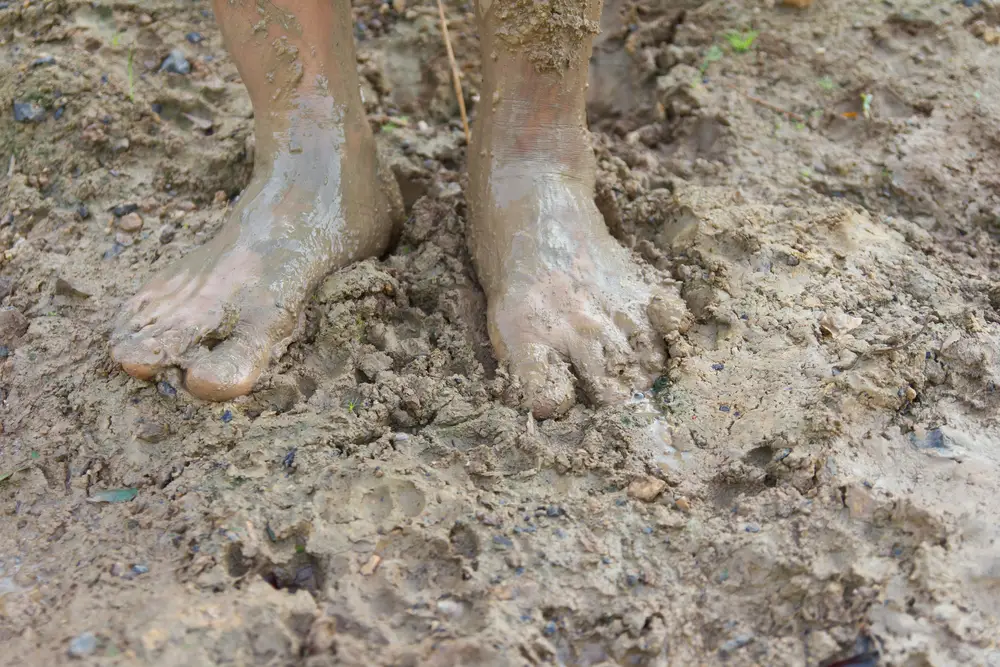
The Galveston Hurricane of 1900 brought with it one of the deadliest floods in U.S. history. As the storm made landfall on September 8, 1900, it unleashed relentless winds and rain on Galveston, Texas. The city, which sat just a few feet above sea level, was particularly vulnerable to the storm surge that followed. With no seawall in place to protect it, Galveston was inundated by water, leaving much of the city under several feet of water.
Sadly, the death toll was staggering, with estimates ranging from 6,000 to 12,000 people. This disaster remains the deadliest natural disaster in U.S. history. In its wake, the city of Galveston rebuilt with a greater focus on disaster preparedness. A seawall was constructed to help prevent future flooding from storm surges. The lessons learned from this disaster have been instrumental in shaping hurricane and flood preparedness strategies across the country.
3. Great Mississippi Flood, 1927

The Great Mississippi Flood of 1927 was an unprecedented natural disaster that affected several states along the Mississippi River. Surpassing previous flood stages, the Mississippi River overflowed its banks after months of heavy rainfall. The floodwaters stretched from Illinois to Louisiana, submerging an estimated 27,000 square miles of land. According to the Mississippi River Commission, nearly 500 people were killed, and over 600,000 were displaced from their homes.
The economic impact was vast, affecting agriculture, homes, and infrastructure across the region. This disaster prompted a major federal response, leading to the creation of the Flood Control Act of 1928. The Act aimed to improve flood management and infrastructure along the Mississippi River. Levees, spillways, and other flood-control measures were constructed to prevent future catastrophes of this magnitude. The flood also spurred discussions about racial and social injustices, as many African American communities were disproportionately affected and struggled to receive aid.
4. Ohio River Flood, 1937
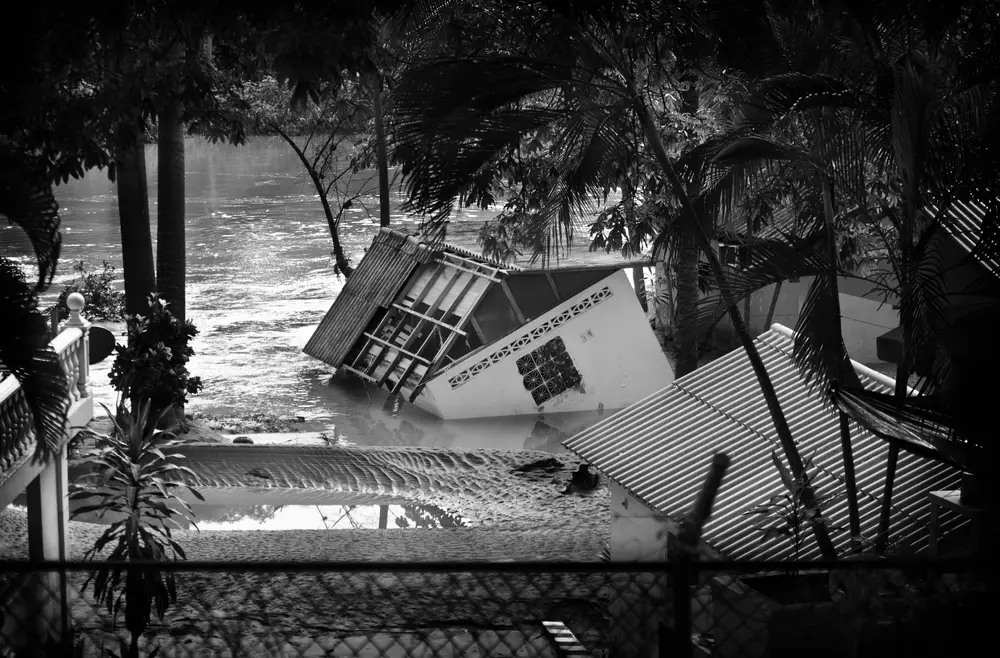
In 1937, a massive flood along the Ohio River devastated communities in multiple states, including Ohio, Indiana, Illinois, Kentucky, and West Virginia. The flood began in late January when heavy rains, totaling more than double the average monthly precipitation, caused the river to swell. As the waters rose, entire towns were submerged, leading to a large-scale humanitarian crisis. The flood left nearly a million people homeless and caused extensive damage to infrastructure and property.
The response to the disaster was a coordinated effort involving local, state, and federal agencies. Emergency shelters were set up to accommodate displaced residents, and relief supplies were distributed to those in need. In the aftermath, the flood prompted changes in flood management and relief operations. It highlighted the need for improved forecasting and floodplain management to reduce the impact of future floods. The Ohio River Flood remains a significant event in the history of flood management in the United States.
5. Rapid City Flood, 1972
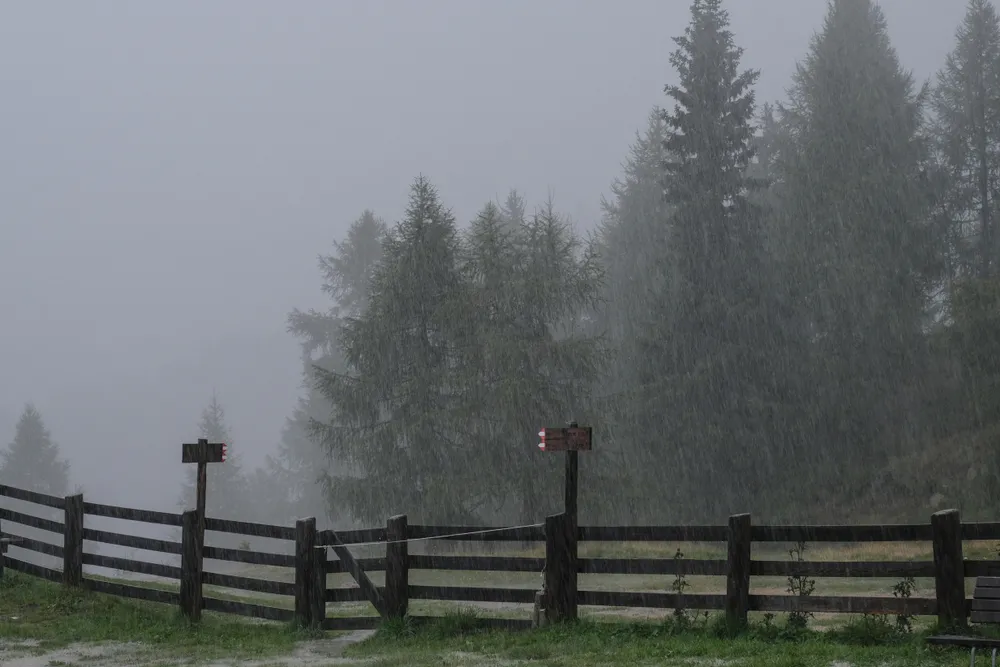
The Rapid City Flood of 1972 serves as a chilling example of how flash floods can wreak havoc with little warning. On June 9, an intense thunderstorm stalled over the Black Hills of South Dakota, resulting in widespread heavy rainfall. Within hours, Rapid Creek and Canyon Lake overflowed, sending a devastating surge of water through Rapid City. According to the National Weather Service, 238 people lost their lives, and over 1,300 homes were destroyed in the deluge.
The flood caused an estimated $160 million in damages, a staggering sum for the time. Emergency response teams were quickly overwhelmed, highlighting the challenges of dealing with unpredictable weather events. In the wake of the disaster, efforts were made to improve flood forecasting and emergency planning in Rapid City. Floodplain zoning laws were enacted, and infrastructure was rebuilt with flood resilience in mind. The tragedy underscored the need for vigilance and preparedness in flood-prone areas.
6. Big Thompson Canyon Flood, 1976
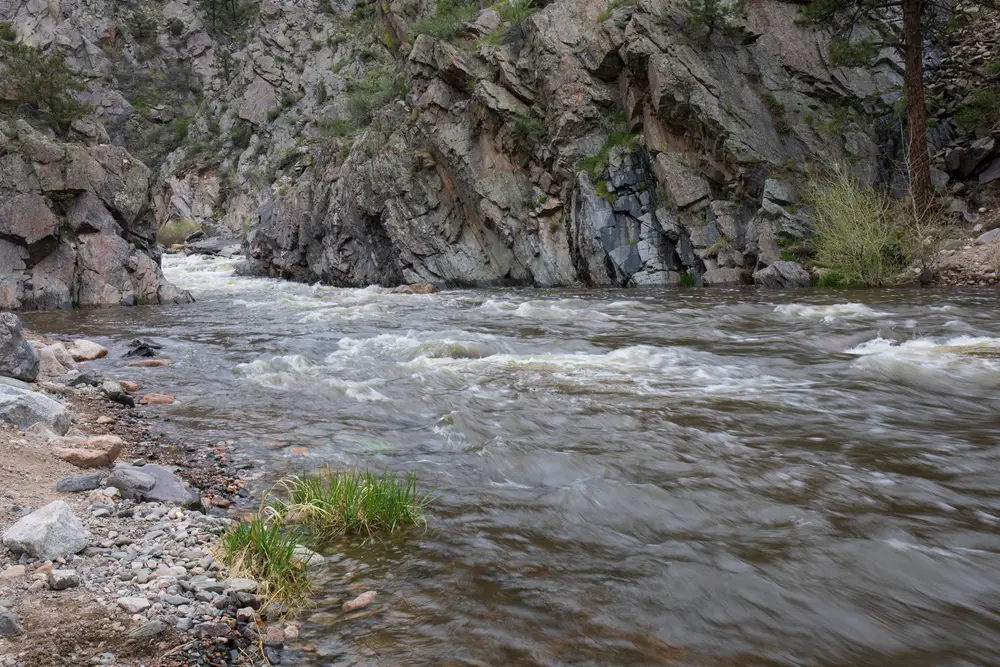
The Big Thompson Canyon Flood of 1976 was a tragic event that caught many by surprise. On July 31, a stationary thunderstorm dumped more than a foot of rain over Colorado’s Big Thompson Canyon in a matter of hours. The narrow canyon funneled the water into a powerful flash flood, sweeping away everything in its path. The floodwaters reached astonishing speeds, leaving little time for residents and tourists to evacuate.
When the waters finally receded, the devastation was immense. A total of 144 people had lost their lives, and hundreds of homes and businesses were destroyed. The flood highlighted the dangers of flash floods, particularly in mountainous regions where water can accumulate quickly. In response, Colorado invested in improved weather forecasting and communication systems to better warn residents of impending floods. The lessons learned from the Big Thompson Canyon Flood have contributed to advancements in flood prediction and emergency response.
7. Central Texas Floods, 1921
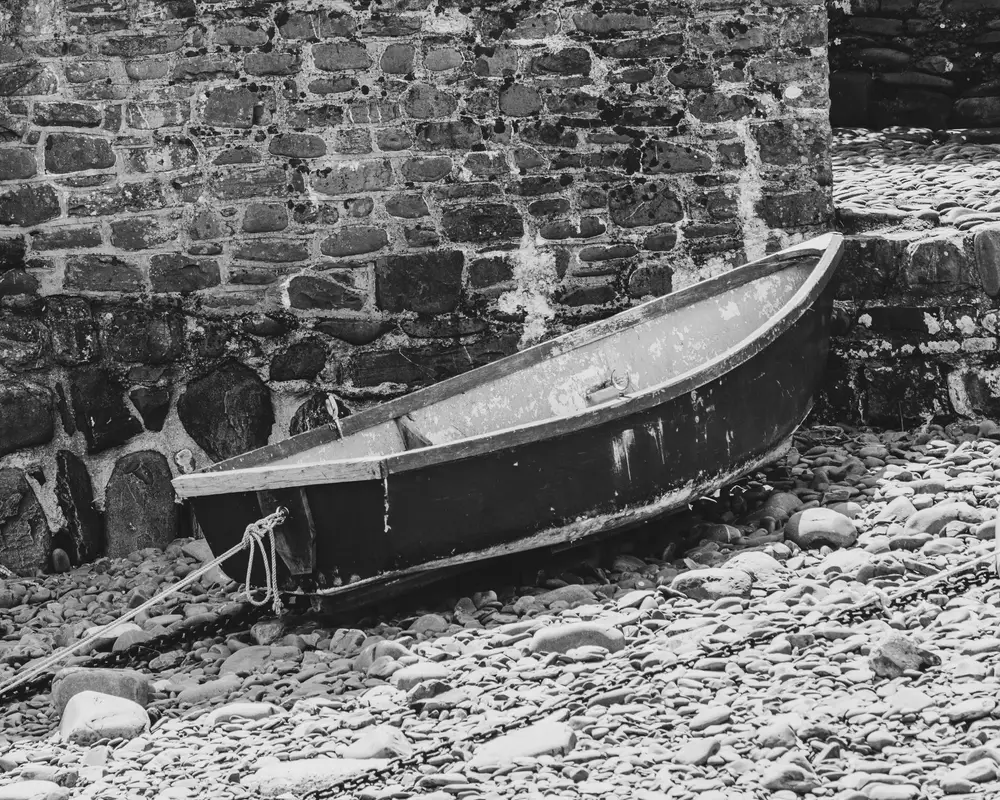
In 1921, Central Texas experienced one of its most severe flooding events, primarily affecting areas around San Antonio and Austin. A tropical storm moved inland, dumping torrential rains over the region and causing rivers and streams to overflow. The most devastating aspect was the rapid rise in water levels, which caught many residents off guard. According to a study by Texas A&M University, the floodwaters reached up to 40 feet in some areas, resulting in significant loss of life and property.
The flood claimed the lives of approximately 215 people and caused millions of dollars in damages. In the aftermath, communities were left to rebuild and recover from the catastrophic event. This flood emphasized the need for better flood control measures and infrastructure planning in Central Texas. In the years following the disaster, efforts were made to improve flood forecasting and response capabilities. The 1921 Central Texas Flood stands as a reminder of the region’s vulnerability to extreme weather events.
8. Hurricane Katrina, 2005
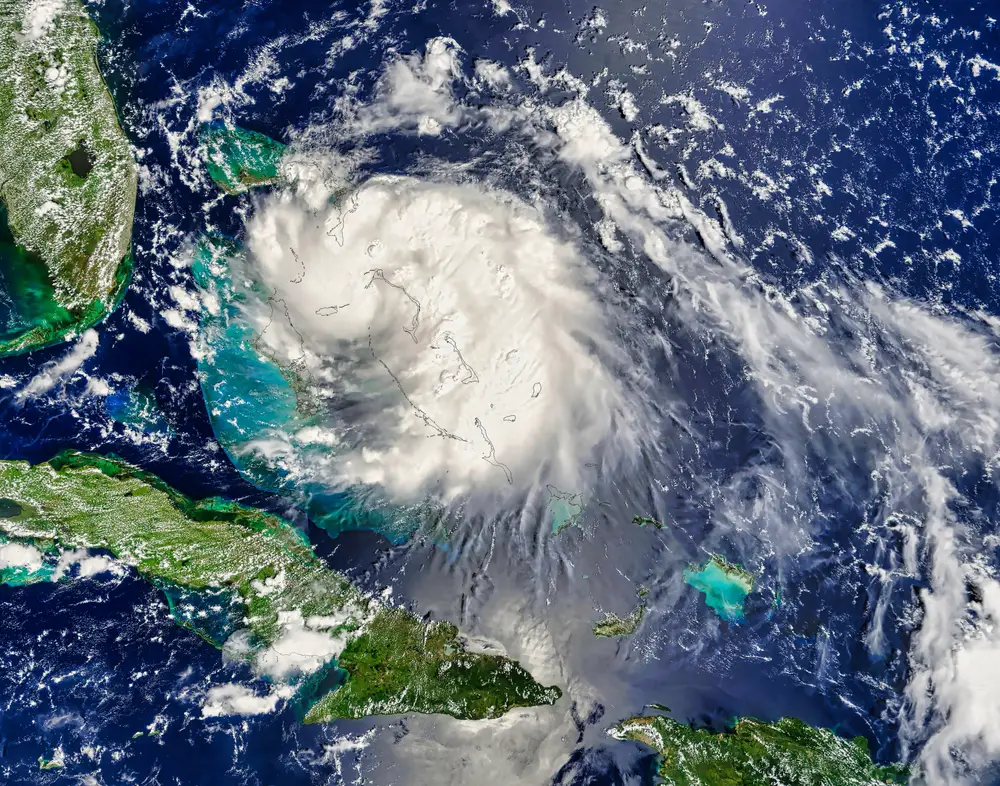
Hurricane Katrina is often remembered for its devastating impact on New Orleans and the Gulf Coast. When it made landfall on August 29, 2005, the hurricane’s storm surge overwhelmed the levee system in New Orleans. As a result, 80% of the city was submerged under water, leading to widespread devastation. The flooding displaced hundreds of thousands of people and caused over 1,800 fatalities.
The response to Hurricane Katrina revealed significant gaps in disaster preparedness and response at local, state, and federal levels. The event sparked widespread criticism and led to major changes in how the U.S. handles disaster response and recovery. The Army Corps of Engineers undertook significant efforts to strengthen the levee system in New Orleans to prevent future flooding. Hurricane Katrina also underscored the importance of community resilience and the need for comprehensive evacuation plans. The lessons learned continue to shape emergency management practices nationwide.
9. Midwest Floods, 1993
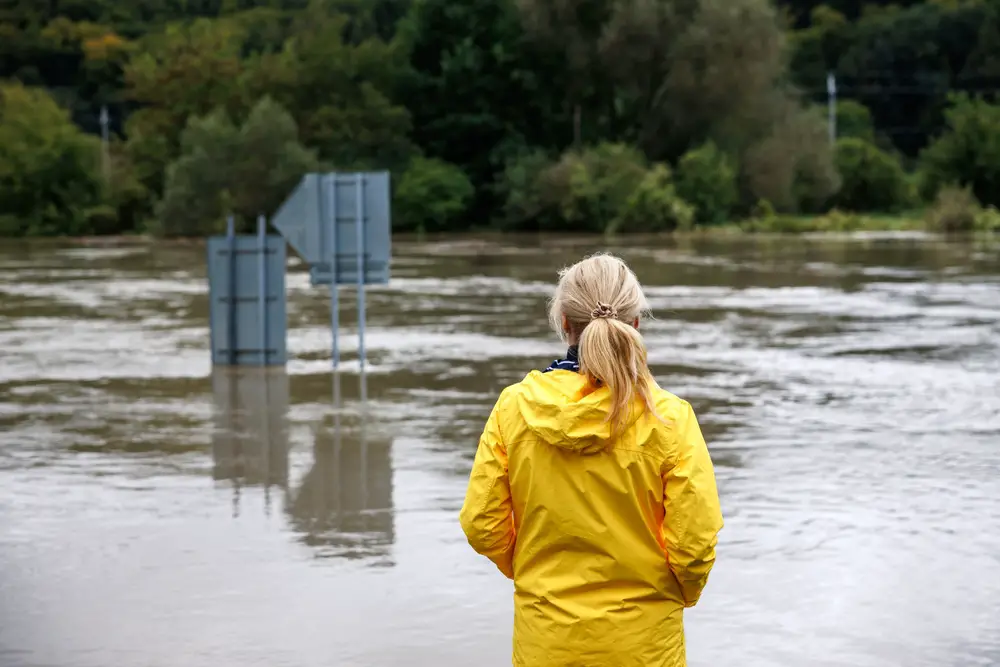
In 1993, the Midwest experienced one of the most extensive and prolonged flooding events in U.S. history. A combination of heavy snowfall in the winter and persistent rainfall in the spring led to swollen rivers across the region. The floodwaters affected nine states, with the Mississippi and Missouri Rivers reaching record levels. Entire towns were submerged, and thousands of people were forced to evacuate their homes.
The economic impact was immense, with damages estimated at $15 billion. In response, federal and state agencies worked together to improve floodplain management and disaster response strategies. Levees were reinforced, and new flood control projects were initiated to prevent a similar catastrophe in the future. The 1993 Midwest Floods highlighted the interconnected nature of river systems and the importance of regional cooperation in flood management. It remains a key event in shaping flood policy and infrastructure in the United States.
10. Southern California Floods, 1938

The Southern California Floods of 1938 were a series of intense storms that caused widespread flooding and destruction across the region. Over several days in late February and early March, heavy rains inundated the Los Angeles basin and surrounding areas. The floods resulted in significant loss of life and property, with an estimated 115 people killed and thousands left homeless. The overflowing Los Angeles River caused particular havoc, sweeping away homes and infrastructure.
In the wake of the disaster, Southern California recognized the need for improved flood control measures. This led to the construction of the extensive flood control channels and dams that are now a familiar part of the region’s landscape. The 1938 floods underscored the importance of urban planning and infrastructure in mitigating the impact of natural disasters. It also served as a wake-up call for other metropolitan areas at risk of similar flooding events. The lessons learned helped shape flood management strategies both in California and nationwide.
11. Nashville Flood, 2010
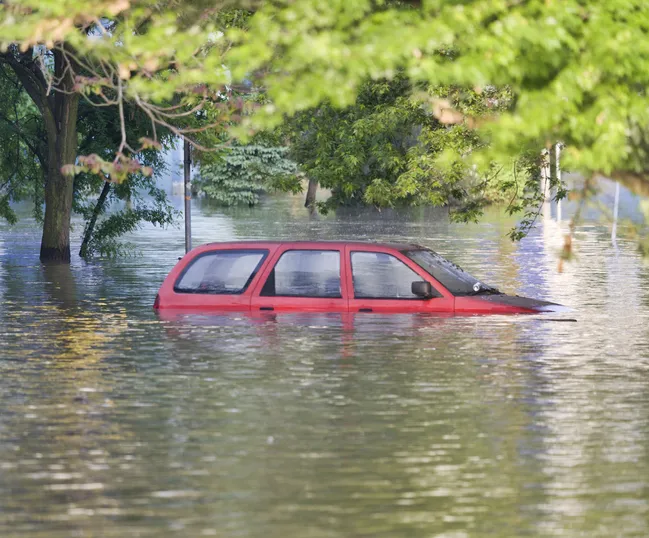
The Nashville Flood of 2010 was a devastating event caused by a record-breaking rainfall in early May. Over two days, more than 13 inches of rain fell across the region, overwhelming local waterways. The Cumberland River and its tributaries rose rapidly, inundating downtown Nashville and surrounding areas. The flood caused an estimated $2 billion in damages and claimed the lives of 11 people.
The response to the flood showcased the resilience and determination of the Nashville community. Emergency services and local volunteers worked tirelessly to provide aid and assist in recovery efforts. In the aftermath, Nashville invested in improving its flood management and emergency response systems. This included upgrading infrastructure and enhancing communication and coordination among agencies. The 2010 Nashville Flood remains a poignant reminder of the unpredictability of weather events and the importance of preparedness.
12. Hurricane Harvey, 2017
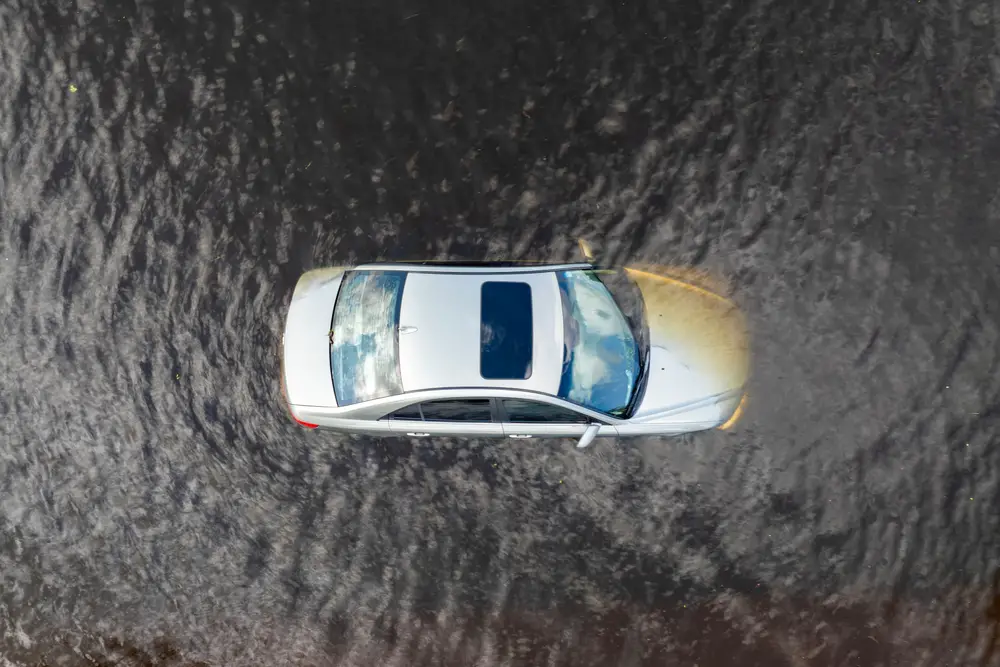
Hurricane Harvey hit the Houston area in August 2017, bringing unprecedented rainfall and flooding to Southeast Texas. The storm stalled over the region, resulting in continuous rainfall for several days. Some areas received over 50 inches of rain, leading to widespread flooding that affected millions of residents. The catastrophic event displaced thousands of people and caused over 100 fatalities.
The massive scale of the flooding overwhelmed local resources and required a coordinated response from federal, state, and local agencies. In the aftermath, the focus turned to rebuilding and improving the resilience of the affected communities. Hurricane Harvey highlighted the need for better urban planning and flood management strategies, especially in densely populated areas. Efforts were also made to address the challenges of climate change and its impact on the frequency and intensity of such events. The response to Harvey continues to influence disaster preparedness and response policies across the United States.
13. St. Francis Dam Collapse, 1928

The St. Francis Dam Collapse in 1928 was a tragic event that underscored the dangers of flawed engineering and inadequate oversight. Located in Los Angeles County, California, the dam failed catastrophically on March 12, releasing a wall of water down the San Francisquito Canyon. The floodwaters swept through the towns below, causing immense destruction and loss of life. More than 400 people were killed, making it one of the deadliest engineering disasters in U.S. history.
The collapse of the St. Francis Dam was a wake-up call for the engineering and construction industries. In its aftermath, there was a comprehensive review of dam safety and construction standards across the country. The disaster prompted significant changes in how dams were designed, built, and maintained, leading to stricter regulations and oversight. It also highlighted the critical importance of thorough inspections and ongoing maintenance to ensure the integrity of infrastructure. The lessons from the St. Francis Dam Collapse continue to inform engineering practices and safety standards today.
